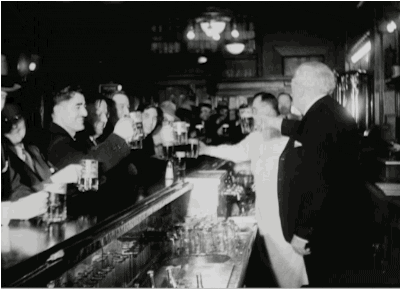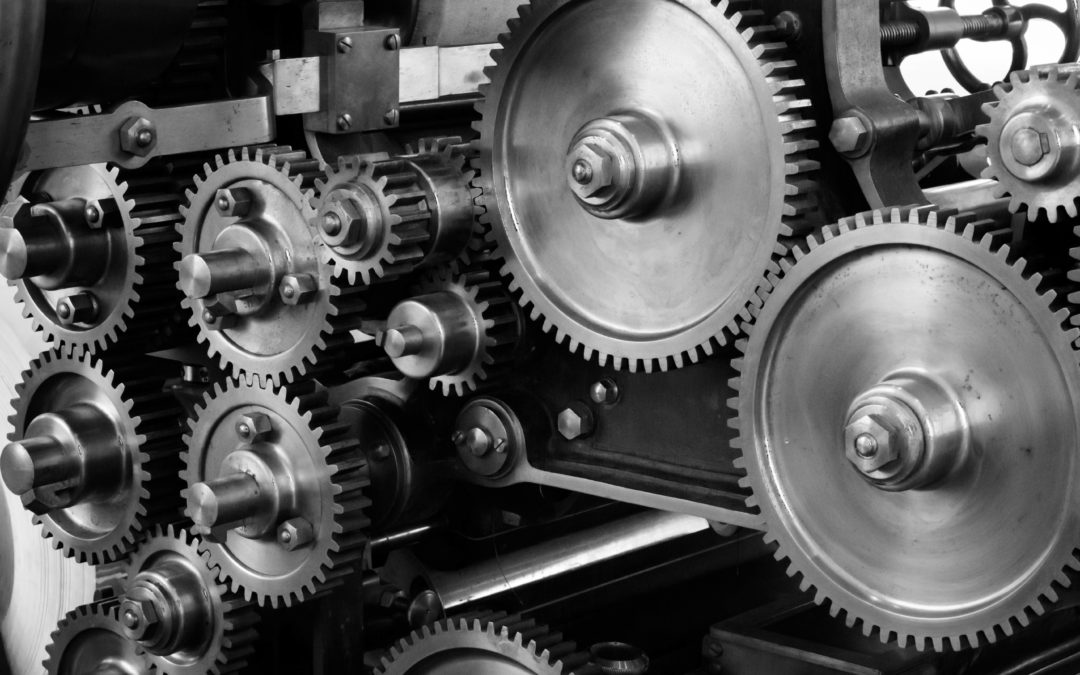The First Industrial Revolution occurred in the late 18th century in America and changed whiskey’s history in a number of different ways. As machinery began to rapidly advance, the creation of handcrafted goods declined, and the rural, agrarian life most American citizens were used to began to transform.
Prior to this period of time, whiskey was a widely traded commodity. In fact, it was considered currency in most parts of the United States. However, the First Industrial Revolution saw a dip in whiskey’s importance to the economy, and this dip changed whiskey history.
Here’s a look at behaviors before and after the First Industrial Revolution…
Prior to the Industrial Revolution: Elevenses

Elevenses were the American equivalent of tea time, except back in the 18th century, there was a corn surplus, making the most popular and widely available beverage corn whiskey. Prior to the First Industrial Revolution, elevenses referred to the break everyone took at 11 a.m. to drink a little bit of whiskey before getting back to work.
During the Industrial Revolution: Coffee

New machinery made mass production possible and opened up a brand new job opportunity for Americans. Factory work became readily available, but whiskey got in the way of productivity and had serious implications on safety, especially if it was consumed at 11 a.m. Though factories shut down the practice of elevenses, workers kept their morning break, which allowed for a new beverage to become king. Coffee. Coffee soared as a means to keep factory workers energized for their long work hours.
Prior to the Industrial Revolution: Debauchery

Elevenses weren’t the only practice leading to drunkenness. Taverns were widely accessible and popular prior to the Industrial Revolution. One could find not only booze there, but also prostitution and violence. Tavern business boomed as men spent all the money in their pockets to drink, brawl and get involved in other shenanigans. Whiskey was a catalyst for this kind of economic impact, but also for the growing unrest in the family unit.
After the Industrial Revolution: The Temperance Movement

Whiskey often coincides with the feminist movement, as proven by our Prohibition History blog. This is no exception. The popularity of the tavern meant time away from men’s families. It also meant that as men spent their paychecks at taverns, they had less to take home to support their wives and children. The Temperance Movement was spurred by the violence against women that often occurred by drunken husbands, but also by the impact of their expensive habits had on their families who relied on them for financial support.




Recent Comments